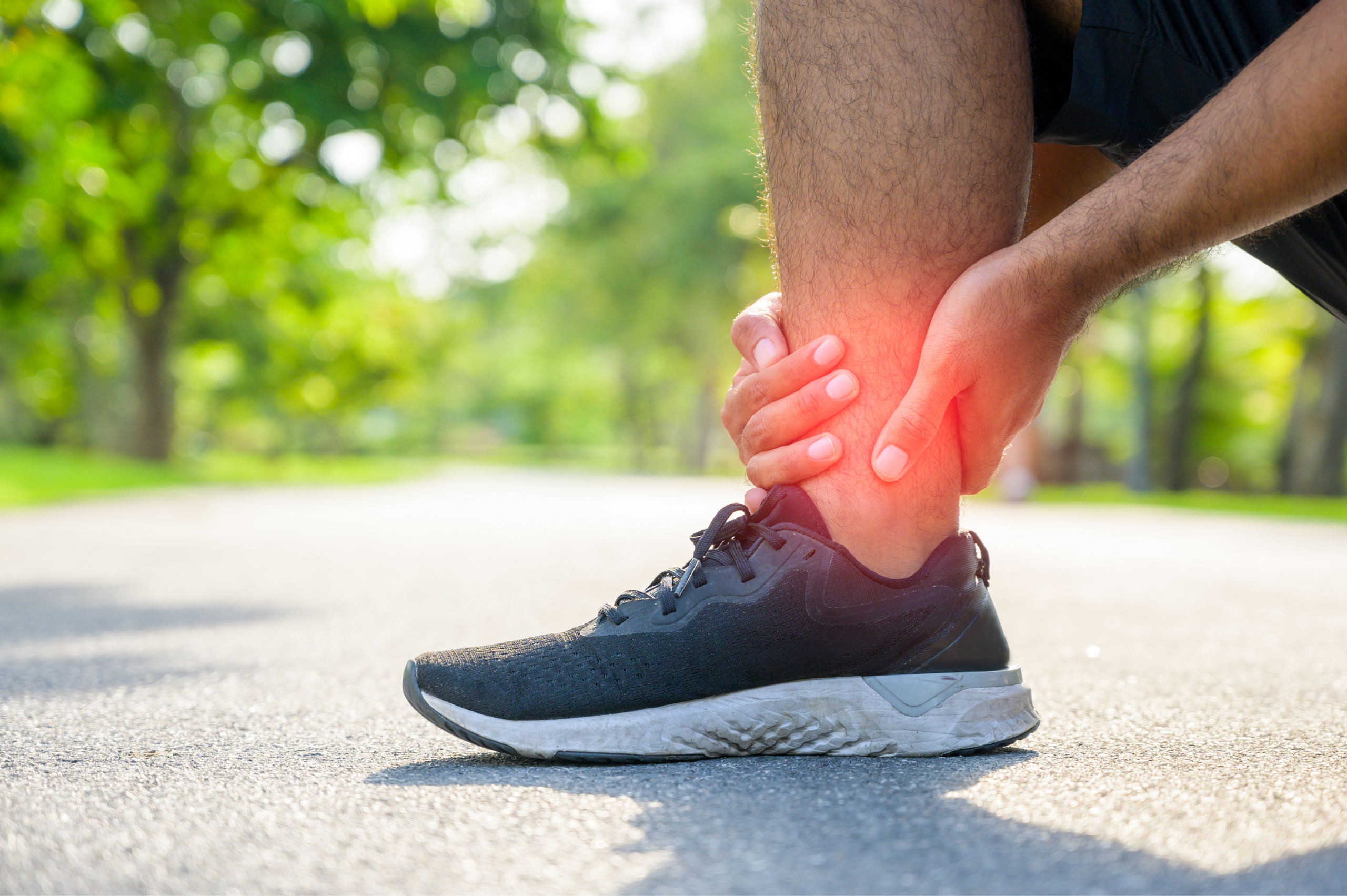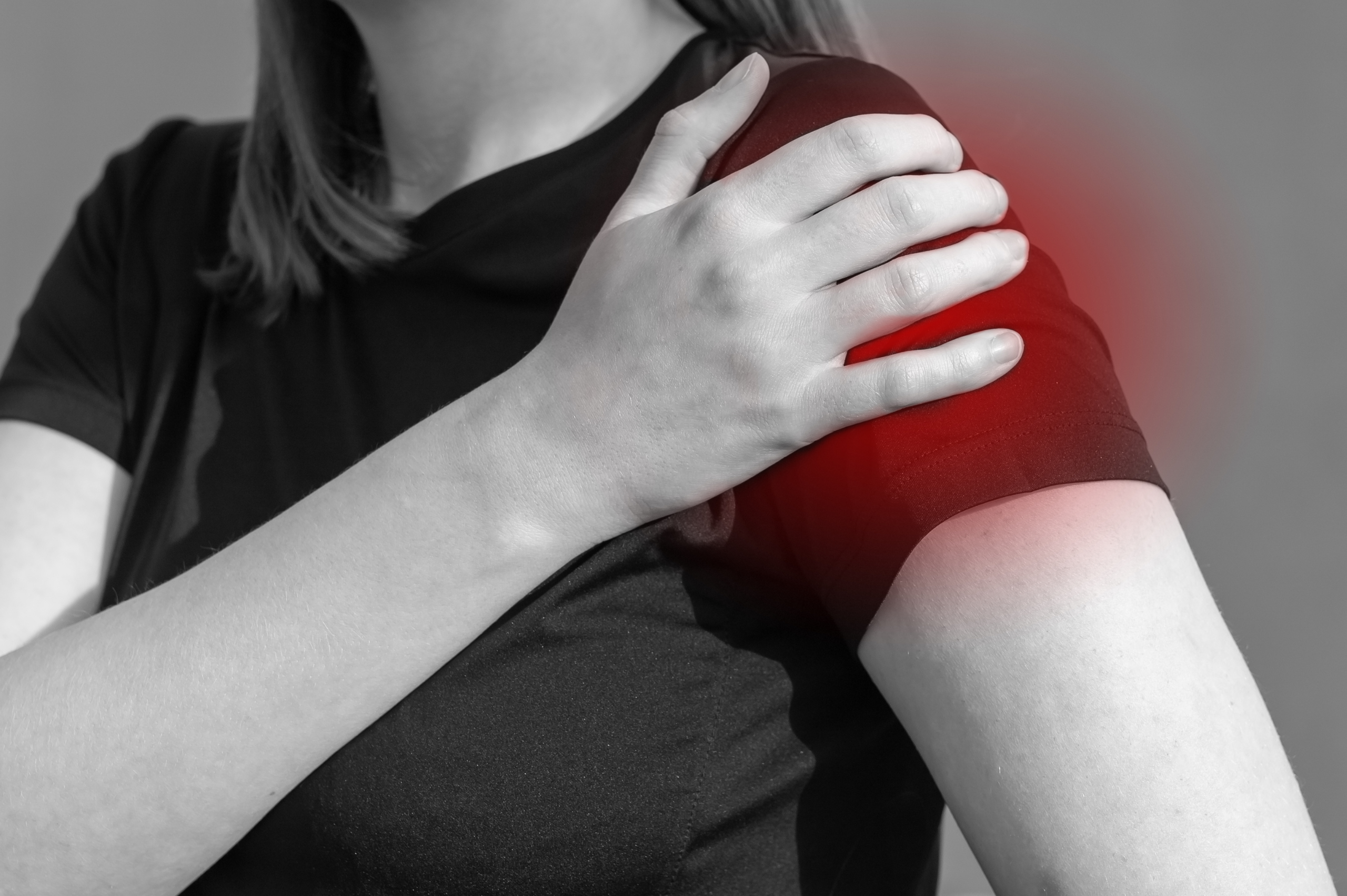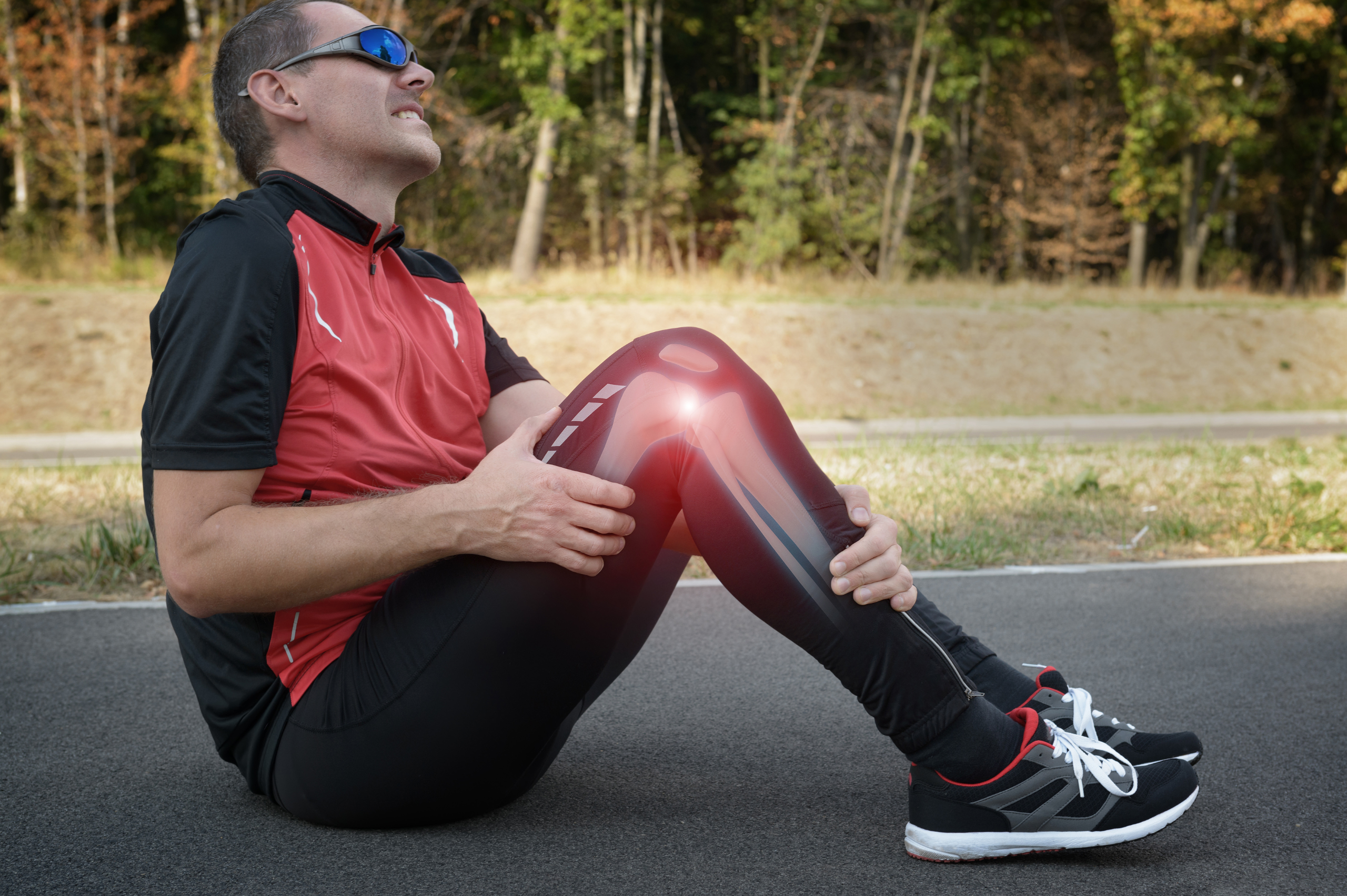Tips For Youth Players To Prevent Common Injuries In Volleyball
Injuries are a part of sports, no matter our best intentions. However, overuse injuries can be prevented. With the amount of time young players spend practicing, it is important that they take care of their bodies. Some of the most common sports injuries in volleyball are tendon tears, ankle injuries, rotator cuff tendonitis, and knee injuries. In this article, we’ll talk about some of the most common injuries for youth volleyball players and how you can help them prevent them during practice and on the court.
Ankle Sprain Injuries In Volleyball

Recurrent ankle sprains are a common problem in volleyball, whether playing on indoor or outdoor courts.
If a player constantly turns her ankle during practice or games, she may end up with Chronic Ankle Instability (CAI). This is due to the fact that the ligaments have weakened over time and can no longer provide adequate support.
If your young athlete has an ankle sprain, be sure to remember the acronym RICE. Rest, ice, compression, and elevation are all important components of ankle rehabilitation after an injury. Also, make sure she wears an appropriate type of shoe for the activities in which she participates.
If a player constantly turns her ankle during practice or games, she may end up with Chronic Ankle Instability (CAI). This is due to the fact that the ligaments have weakened over time and can no longer provide adequate support.
If your young athlete has an ankle sprain, be sure to remember the acronym RICE. Rest, ice, compression, and elevation are all important components of ankle rehabilitation after an injury. Also, make sure she wears an appropriate type of shoe for the activities in which she participates.
Ankle sprains can be a common overuse injury, so make sure that your athlete is wearing proper footwear, taking breaks from practice if needed, and strengthening the muscles around her ankles to help prevent them in the future. A muscle compression protocol can also help reduce inflammation and support proper recovery in the legs. At Elixir Muscle Recovery, muscle compression is one of our primary protocols for preventing injuries in volleyball athletes of all ages.
Rotator Cuff Tendonitis
If your player is experiencing shoulder pain while playing volleyball, he or she may have rotator cuff tendonitis. This is a common injury for athletes who do a lot of overhead work, such as serving and hitting the volleyball.
To prevent tendonitis, it’s important to ensure you are training your shoulders through a full range of motion. That includes both internal and external rotation exercises. This will help to strengthen the tendons and ligaments that support the shoulder, reducing your risk of injury. A shoulder compression sleeve can also help to provide added support for those important rotator cuff muscles. Regular red light therapy can also help reduce inflammation in the shoulder joint and promote faster recovery between practices and games.
To prevent tendonitis, it’s important to ensure you are training your shoulders through a full range of motion. That includes both internal and external rotation exercises. This will help to strengthen the tendons and ligaments that support the shoulder, reducing your risk of injury. A shoulder compression sleeve can also help to provide added support for those important rotator cuff muscles. Regular red light therapy can also help reduce inflammation in the shoulder joint and promote faster recovery between practices and games.

Young athletes should take injury prevention into consideration to prevent overuse injuries in volleyball and stay on the volleyball court. By ensuring they are getting proper rest, wearing shoes that support their activity, and doing exercises to strengthen the muscles around critical joints like the shoulder and ankle, they can help reduce their risk of injury while playing volleyball. Shoulder impingement syndrome can also occur, which can lead to more serious injury. If your player experiences any type of pain or discomfort while playing, be sure to consult with a healthcare professional right away.
Knee Injuries In Volleyball

Another common overuse injury among young volleyball players is knee pain or instability. This could be due to a variety of factors, including weak stabilizing muscles, poor technique during certain movements, or improper footwear. Volleyball related injuries like jumper’s knee, patellar tendonitis, and chondromalacia are common among those who do a lot of jumping during practice.
To prevent knee injuries in volleyball, focusing on strengthening the surrounding muscles and improving your technique when jumping and landing is important. This could include doing exercises like squats or lunges to improve leg balance and flexibility. You may also benefit from wearing a knee compression sleeve to help provide additional support for the knees. jumping during practice.
To prevent knee injuries in volleyball, focusing on strengthening the surrounding muscles and improving your technique when jumping and landing is important. This could include doing exercises like squats or lunges to improve leg balance and flexibility. You may also benefit from wearing a knee compression sleeve to help provide additional support for the knees. jumping during practice.
Lastly, always be sure to wear proper footwear during practice and games if you are doing a lot of jumping and landing on hard surfaces. Muscle compression therapy can also help to support the knees and reduce inflammation after exercise. With proper care, young athletes can stay on the volleyball court and continue enjoying their favorite sport.
Conclusion
Volleyball athletes of all ages need to be mindful of the risk of injury and take steps to protect themselves. By focusing on good technique, making sure you are getting enough rest between practices and games, and using proper support like compression sleeves or knee braces, you can help prevent common overuse injuries in volleyball that might keep you off the court. If you experience any pain or discomfort while playing, be sure to consult with your healthcare provider right away.
At Elixir Muscle Recovery, our focus is to work with your athlete on injury prevention protocols so that they can continue to play the sports they love. Our membership gives you full, unlimited access to our state-of-the-art facilities and protocols so that your child can reduce soreness and inflammation within 20-minute sessions. Save time, save money, and keep your athlete healthy – check us out today!
At Elixir Muscle Recovery, our focus is to work with your athlete on injury prevention protocols so that they can continue to play the sports they love. Our membership gives you full, unlimited access to our state-of-the-art facilities and protocols so that your child can reduce soreness and inflammation within 20-minute sessions. Save time, save money, and keep your athlete healthy – check us out today!
